

Explore Italy by place | region | time period
Repubblican Rome » Tivoli (Rome, Lazio)
During the 18th century Age of Enlightenment, Europeans sought to align their art and architecture with the idealized standards of the Greeks and Romans. This desire was fueled by the archaeological rediscoveries of Pompeii and Herculaneum, giving rise to Neoclassicism. Artists and architects began to incorporate Greco-Roman ideals into their work, emphasizing science, history, mathematics, and anatomical accuracy, thus moving away from the previous Rococo and court-painting styles. Neoclassicism originated in Rome, led by art historian Johann Joachim Winckelmann, and was significantly influenced by his Scottish friend, Gavin Hamilton (1723, Lanarkshire – 1798, Rome).
Hamilton, who spent many years in Rome, excelled as a painter, art dealer, and archaeologist. He earned high regard for his classical subjects from Winckelmann, Goethe, and other Roman painters, and collaborated closely with Giovanni Battista Piranesi. Hamilton also played a pivotal role in advising the young sculptor Antonio Canova, whom he met in December 1779 during Canova's first visit to Rome.
Hamilton is best remembered for his archaeological excavations around Rome, particularly at Hadrian's Villa in Tivoli between 1769 and 1771. Initially seeking marble for sculpture restoration, his team unearthed numerous sculptures from a swampy area, despite challenging conditions. From 1771 onwards, he continued to excavate other Roman sites. Notably, Hamilton was known for his integrity, avoiding excessive restoration of the Roman sculptures he handled. Many of these recovered artworks were sold to British clients.
In 1785, Hamilton acquired Leonardo da Vinci's Virgin of the Rocks and sent it to London for sale; this version is now held by the National Gallery, London.
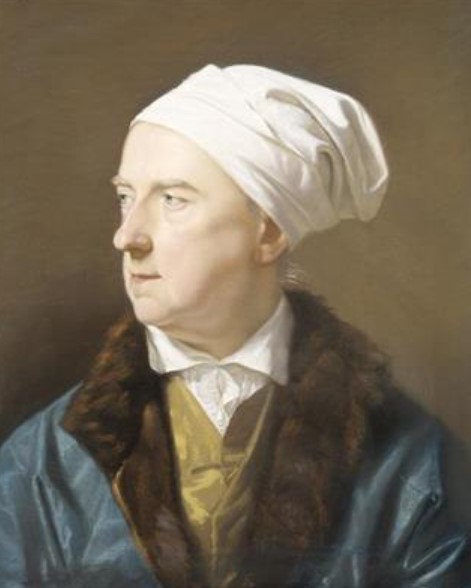
The hunting and sale of antiquities were viewed as somewhat dubious activities. Hamilton managed to curry favor with the Vatican's Museum Pius Clementine by making substantial donations, given that the Pope was entitled to a third of all unearthed artifacts and had the authority to prevent the export of exceptional finds. Additionally, Hamilton maintained good relations with landowners by compensating them for excavation rights.
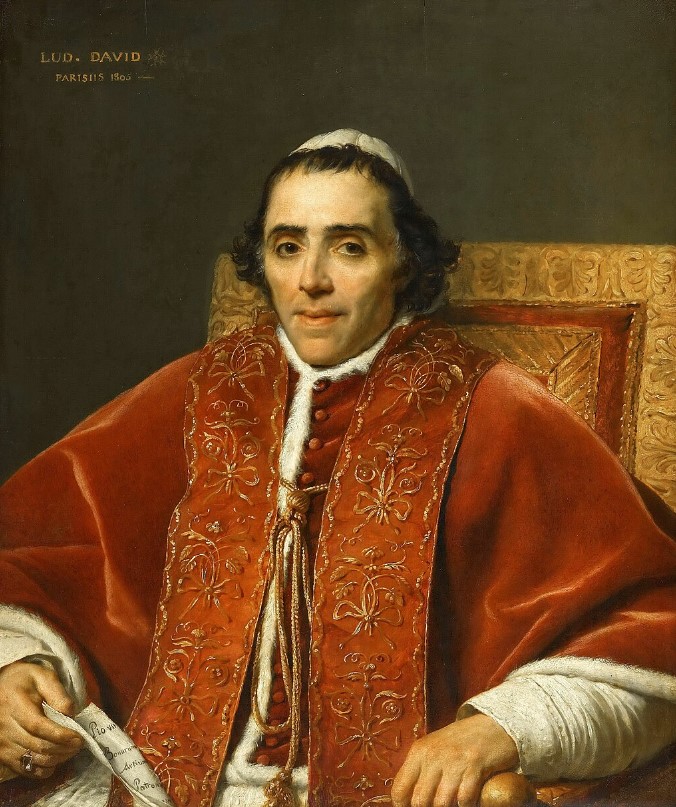
It should be noted that until Pope Pius VII (1742-1823) intervened to protect Rome's antiquities in 1820, anyone who discovered a work of art or an artifact (even Popes, for example Pius VI), was free to do so and could sell them for profit. Then, a few decades after the unification of Italy, a law enacted in 1909 declared that any objects of artistic, historical, or archaeological interest found underground or at sea would belong to the Italian State.

Today, the Clementine Museum houses significant collections from Greek and Roman times. Founded by Clement XIV (1769-1774) in 1771 after acquiring the Mattei and Fusconi collections, it was later expanded by his successor, Pius VI (1775-1799), who provided a grand entrance. Influenced by enlightenment ideals, the museum was opened to the public and tasked with preserving ancient artworks while promoting their study and understanding.
The Mattei Collection consists of ancient sculptures collected from the 16th century onwards to adorn the Mattei villa (Villa Celimontana) on the Caelian Hill in Rome. The site includes the base of the 5th cohort of the Vigiles, remains of Flavian and Trajan buildings, and the Hilarian Basilica built by Manius Publicius Hilarus.
The Fusconi Collection, formed in Rome during the 16th century, included statues and inscriptions found primarily on the Fusconi vineyard on the Esquiline Hill. This collection remained largely intact for two centuries but was almost entirely dispersed in the latter half of the 18th century.

Pope Pius VI was a great patron of the arts and humanities and, during his papacy, the pontifical collections grew considerably, thanks to excavations in Rome and Latium, as well as donations from collectors and antiquarians. The most valuable findings were found in Tivoli (Tibur). It is a town 30 kilometres north-east of Rome and acquired Roman citizenship in 90 BCE. It became a resort area famed for its beauty and its good water, and was enriched by many Roman villas like those of Pisoni (I BCE - II CE), Cassius (c. 87-42 BCE), Brutus (c. 85-42 BCE), Maecenas (68-8 BCE), Horace (65-8 BCE), Augustus (63 BCE - 14 CE), Caligola (12-41 CE), and Hadrian (76-138 CE). From the year one thousand until the fifteenth century, Tivoli was under papal control.
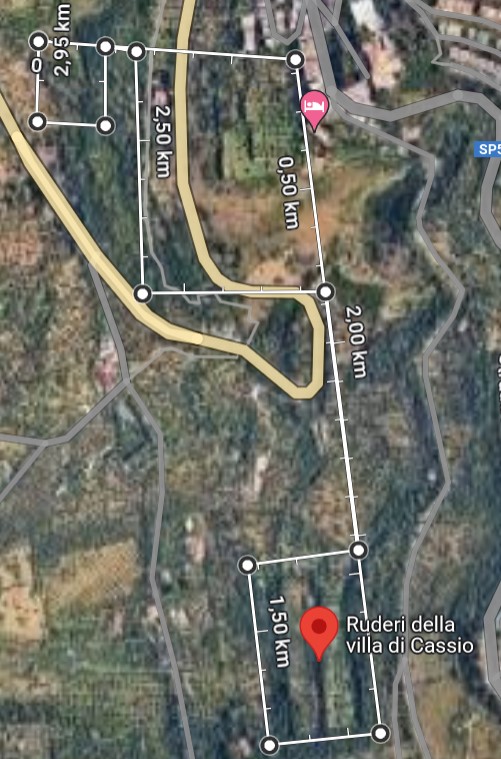
As shown on the map, there are remnants of three villas that belonged to Brutus, Cassius, and Pisoni. Over the centuries, these villas have often been confused and interchanged, leading to significant confusion about the origins of various archaeological finds.
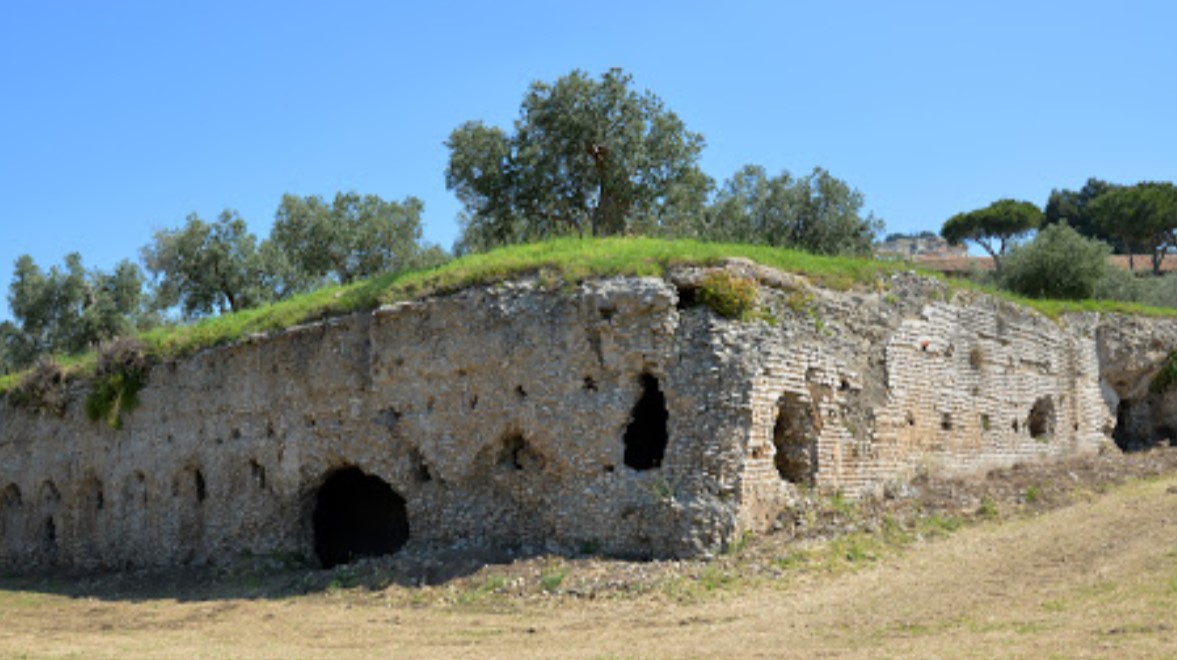
Brutus (Marcus Iunius Brutus) was the most famous of the assassins of Julius Caesar. His villa is situated in the top left corner of the map. In the sixteenth century, it was mistakenly identified as Cassius' villa, which is actually located 500 meters to the south, in the lower left corner of the map. During this century, Cardinal Ferdinando de Medici, who became the Grand Duke of Tuscany in 1580, had the statues, columns, and other exquisite marbles from the villa then known as Cassius' villa transported to Florence.

According to the 1916 publication of the Communications of the German Archaeological Institute, Roman Section, Pisoni's Villa, where the bust of Pericles was discovered, initially belonged to Cassius and was later expanded by Caligula. It has long been believed that the villa belonged to Gaius Cassius Longinus and that he lived next door to Brutus, his peer. Cassius was one of the main conspirators in the assassination of Gaius Julius Caesar in 44 BCE. Given that the families of traitors were often exiled and their properties confiscated, it is likely that Gaius Julius Caesar Octavianus Augustus seized Cassius' villa and redistributed it after the Battle of Actium.
However, no historical source explicitly attributes the villa to the conspirator Cassius. What is known is that a 9th-century list of church properties in Tivoli mentions a fund called Cass(i)anus. Marcus Tullius Cicero (106-43 BCE) referred to it as the Tiburtine fundus of the jurist M. Junius Brutus.
The villa was still standing during the time of Emperor Publius Aelius Traianus Hadrianus (76-138 CE), whose nearby villa is well-documented.
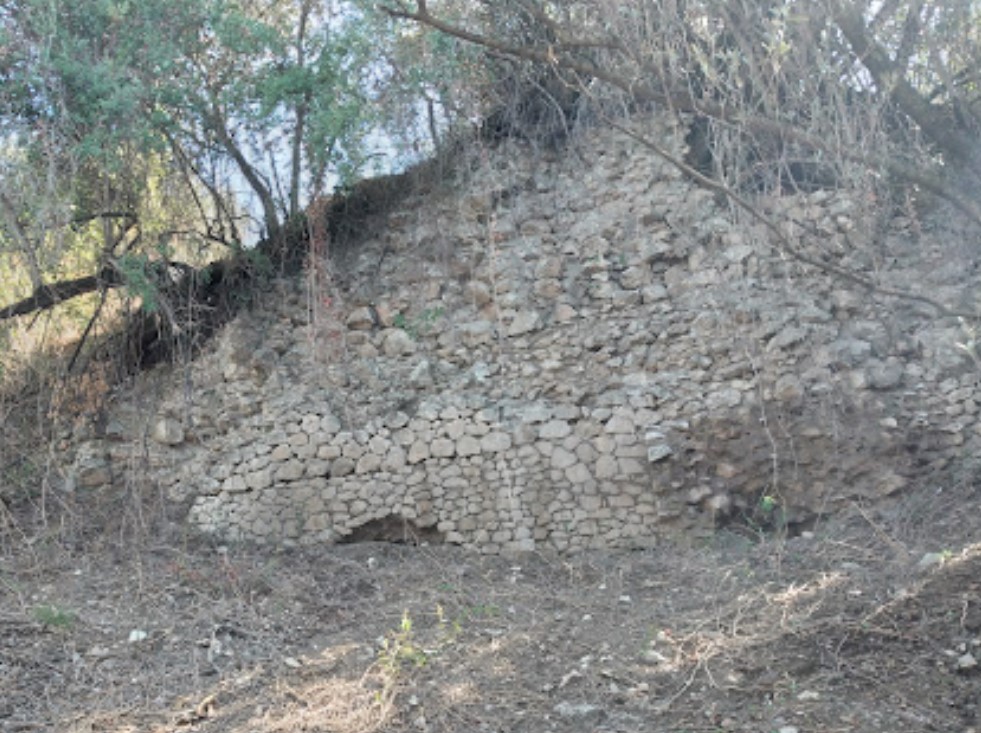
Between 1773 and 1775, Domenico De Angelis and Antonio de Matthias, the landowner where the villa's remains were located, conducted archaeological excavations under the supervision of government antiquities inspector Giovanni Corradi. These excavations aimed to uncover new works for the Clementine Museum. They found 33 items, including columns, statues (one of which was Egyptian), a herma, and a polychrome mosaic, which Pius VI immediately brought into the Vatican Museums.
In 1779, Pope Pius VI, pleased with the earlier findings, commissioned further excavations. Giovanni Corradi, an envoy of John the Baptist Visconti (the Prefect and Commissioner of Antiquities of Rome from 1771 to 1783), discovered 39 statues, including a Roman-era bust. This bust, appraised by Gavin Hamilton, was purchased by Pope Pius VI from Gaetano de Matthias to enhance the Pius Clementine Museum's collection. Known as the Herm of Pericles with inscription, it is currently displayed in the Hall of the Muses in the Vatican Museums.
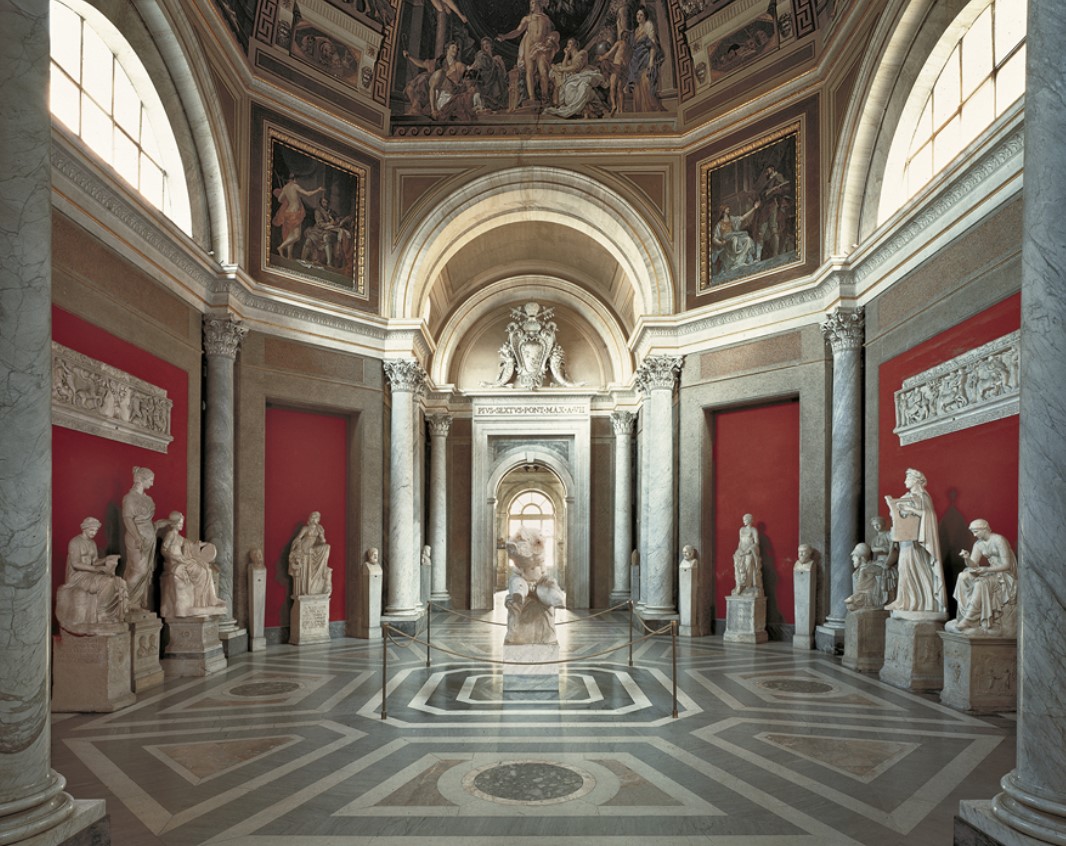
Herm of Pericles is a replica of the Kresilas that was originally created in the second half of the 5th century BCE. On the front of the bust we can see the following inscription:
Pericles, [son] of Xanthippus, Athenian

The work dates back to the Hadrian era (2nd century CE) and is a replica of an original bronze statue near the Acropolis. According to historical sources, specifically Pliny's Naturalis Historia (XXXIV, 74), the original was crafted by the Greek sculptor Kresilas around 435 BCE. A base from the 5th century BCE, believed to belong to the original statue, has been discovered and bears the artist’s signature. The depiction of Pericles features curly hair and a short beard, with his helmet slightly raised, a characteristic detail for all strategi (army commanders or leaders).
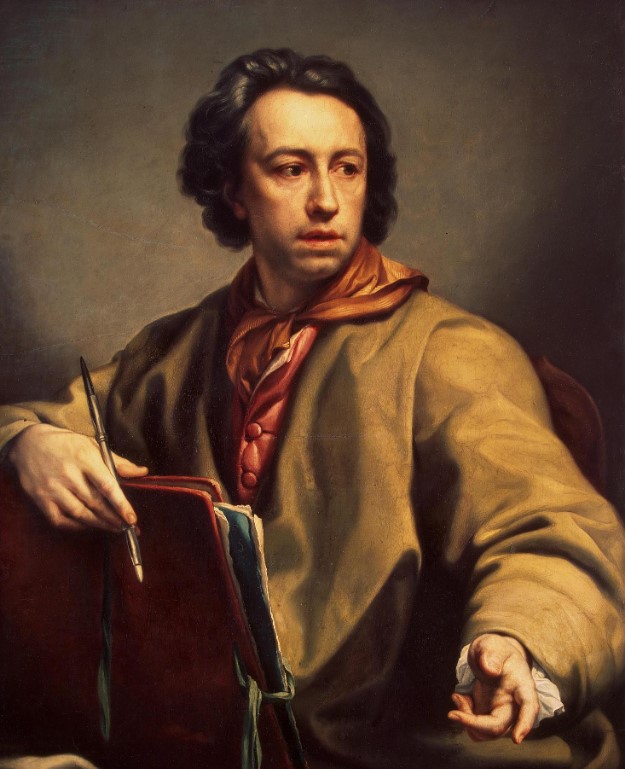
Anton Raphael Mengs (12 March 1728 – 29 June 1779) was a German painter, active in Rome. This is how he described the finds at Villa of Pisoni in Tivoli:
The quarry of the Pisoni became a mine of beautiful Greek heads of Greek philosophers and poets who adorned that villa, and there was also found the singular head of Pericles [...] and which is now one of the most beautiful ornaments of the Museum of Pius VI.
Thus must be the villa of those friends of Horace, whom he believed worthy of his most learned epistle, that is, of Poetics ...
The Villa dei Pisoni was repeatedly explored until 1846 in the quest for numerous treasures. With the Treaty of Tolentino in 1797, the Papal States were compelled to surrender the principal masterpieces in the Museum to Napoleon, which were then transported to Paris. However, following Napoleon's defeat and the Congress of Vienna in 1815, and due to the diplomatic efforts of Antonio Canova, most of the artworks were eventually recovered.
In order to know more:
- Wikipedia: [1]
- Scavi e scoperte di antichità sotto il pontificato di Pius VI, di C. Pietrangeli, Roma 1958.
- Elogio storico del cavaliere Anton Raffaele Mengs con un catalogo delle opere da esso fatte by Giovanni Lodovico Bianconi. Publication date 1795
This page was last edited on 2 Jule 2024
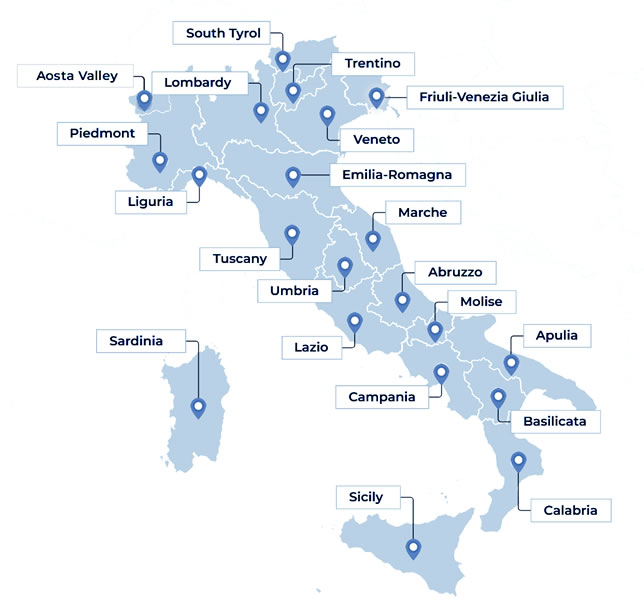
Open in Google Maps and find out what to visit in a place.
Go to: Abruzzo | Aosta Valley | Apulia | Basilicata | Calabria | Campania | Emilia Romagna | Friuli Venezia Giulia | Lazio | Liguria | Lombardy | Marche | Molise | Piedmont | Sardinia | Sicily | South Tyrol | Trentino | Tuscany | Umbria | Veneto

Text and images are available under the Creative Commons Attribution-ShareAlike License 4.0; - italystudynotes.eu - Privacy